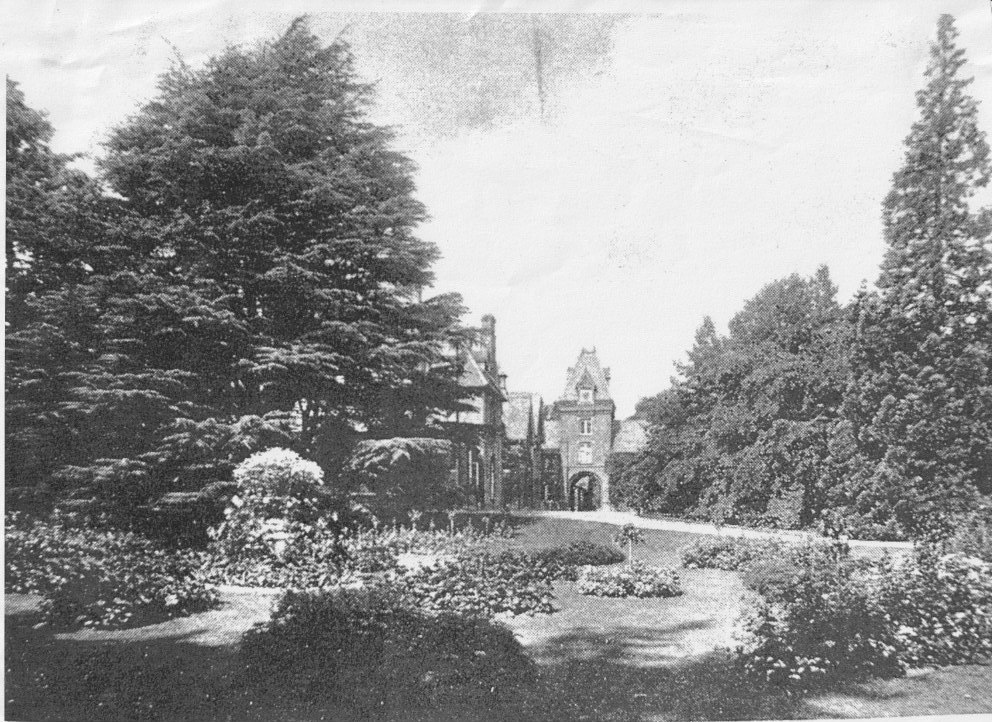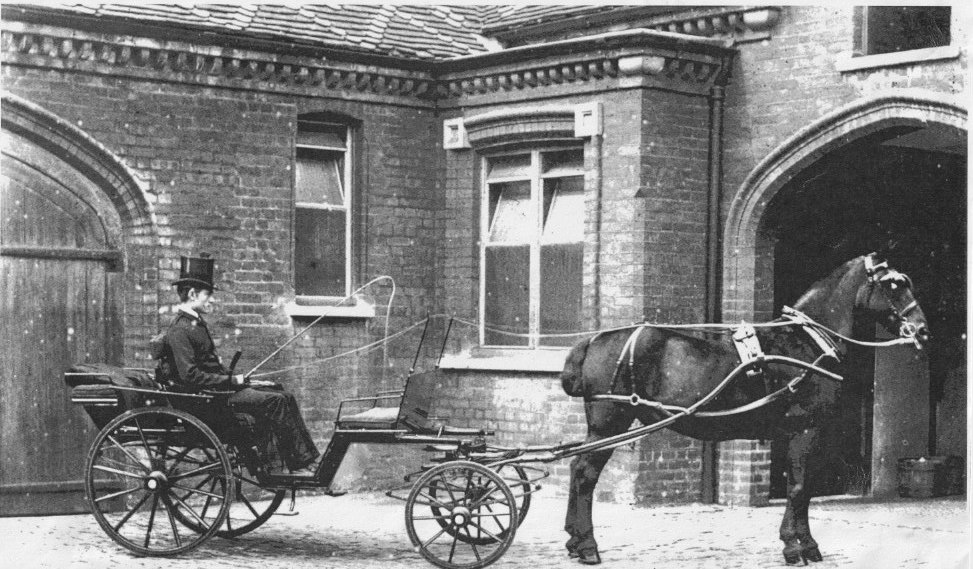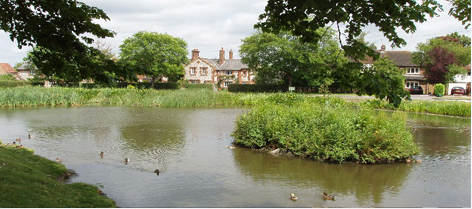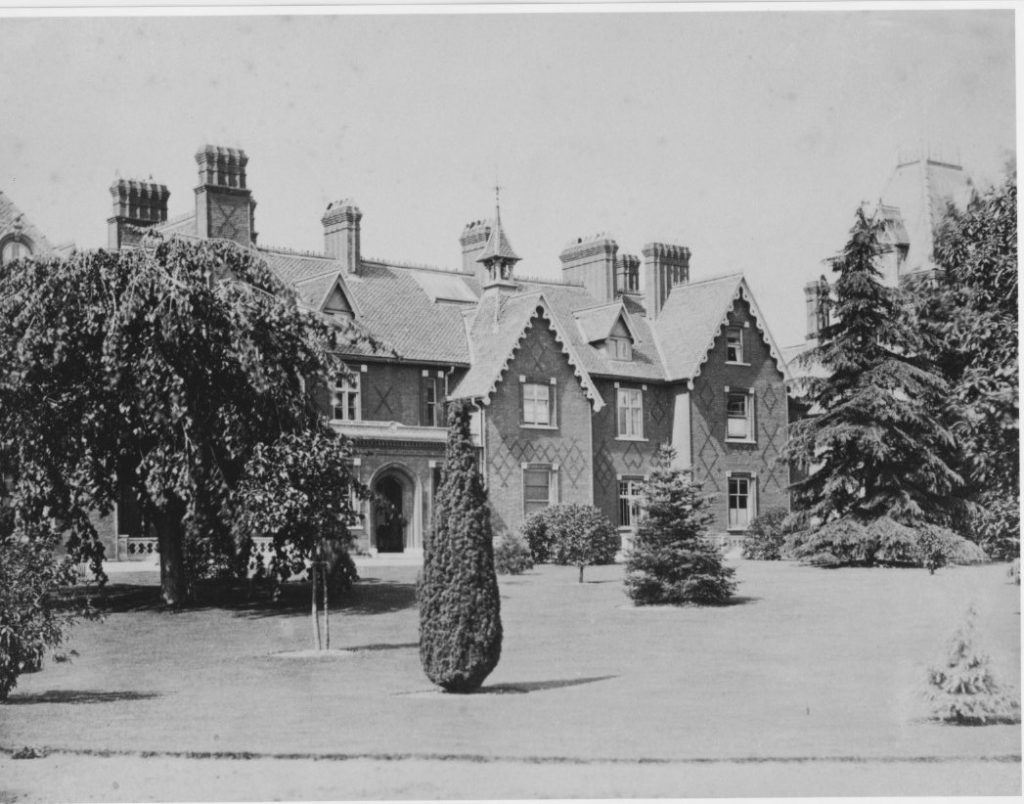A NUMBER of key buildings on the former Penn School site in Church Road, Penn were today given Grade 2 listed status by the Government, thereby protecting them from demolition in any future development.
The Government agreed with a recommendation from Historic England that the main Rayners House, its accompanying Rayners Lodge, plus the gardener’s bothy, the trellis arches and an obelisk in the grounds are all of historic interest.
The move comes 100 years after the former Victorian estate was bought by the London County Council and its buildings converted into a school for deaf children. The school, first named Rayners and then Penn School, closed five years ago and has since stood empty.
The site was bought by the Department for Education in 2016, shortly after it closed, with the intention of allowing it to be redeveloped as a free school catering for children with special educational needs. However earlier this year the department said the school was surplus to its requirements and was to be put on the market again.
Today’s move throws the site’s future into doubt. There were fears among local conservationists that housing developers would acquire the site, even though part of it is in Green Belt, given the Government’s intention to loosen planning laws to favour new housing development.
The Grade 2 listing makes that less likely as the protected buildings would have to be refurbished and preserved. The department may decide to have another go at promoting the site as a special school.
Today’s listing is a personal achievement for local historian Miles Green who asked Historic England to assess the buildings for possible listing. Miles, of Bank Road, Tylers Green, who is chairman of the Penn and Tylers Green Residents’ Society, described today’s listing as “excellent news”.
Rayners history
Rayners was built in 1847 for Sir Philip Rose, a successful London lawyer who was the solicitor and friend of Benjamin Disraeli who lived across the valley at Hughenden Manor. Disraeli was a frequent visitor and the obelisk in the grounds, which is now listed, is dedicated to him.
After Disraeli’s death in 1881 Queen Victoria visited Rayners as part of her mourning. She wanted to retrace her favourite prime minister’s final journey.
The estate became one of the biggest in the area, stretching down to the A40 London Road, and it employed many people from Tylers Green, a village which grew greatly during Sir Philip’s tenure. He set up the Hospital for Consumption and Diseases of the Chest (now the Royal Brompton Hospital) after he suffered consumption (tuberculosis) as a young man. Locally, he funded the building of St Margaret’s Church, Tylers Green even though he was a Roman Catholic.
When his son, also Philip, inherited after his father’s death in 1883 Rayners became a centre of social activity and a classic Victorian country house. The gardens were magnificent and the gardener’s bothy and accompanying trellis – now also listed – were widely visited.
Nearly everyone in Tylers Green attended Rayners to celebrate the end of the First World War when Sir Philip organised a grand firework display. However tragedies in the war had devastated the family and shortly after the second Sir Philip’s death in 1919 and facing heavy costs, the estate was broken up and sold.




